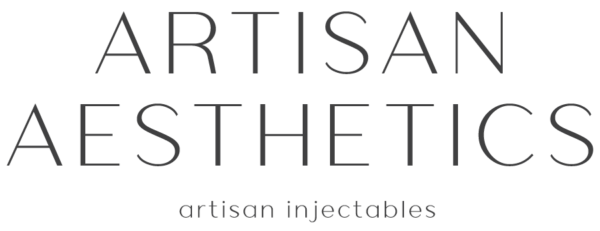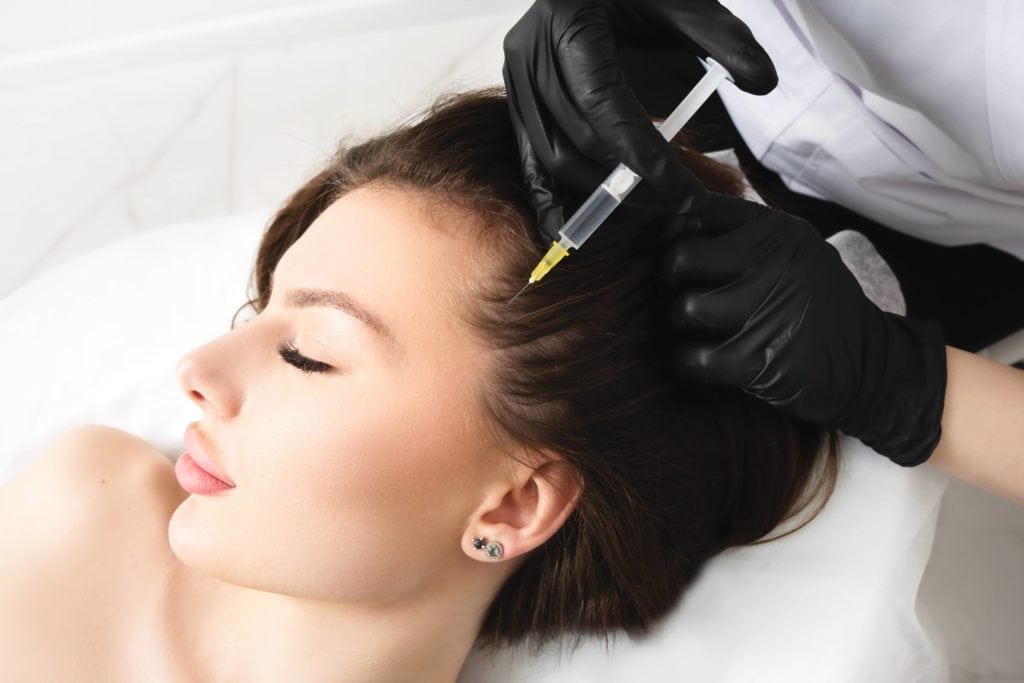Hair loss can be a frustrating and even devastating experience for both men and women. For many individuals, hair is an essential part of their identity, and its loss can significantly impact their self-confidence and overall well-being—fortunately, numerous hair restoration treatments in the market promise to bring back hair to its former glory.
One such treatment is PRP therapy, which has gained much attention in recent years due to its potential effectiveness in hair restoration. But what exactly is PRP therapy, and how does it work?
In this comprehensive guide, we’ll explore PRP therapy as a hair restoration treatment and provide you with all the details you need to know to determine whether it’s the right option for you, from the science behind the treatment to the recovery process and expected results.
PRP Therapy For Hair Restoration
PRP therapy for hair restoration is a relatively new treatment that has gained much attention recently. Understanding the science behind the treatment is crucial to determining if it’s the right option for you.
PRP stands for “platelet-rich plasma,” a component of your blood that contains growth factors that can promote healing and stimulate tissue regeneration. In PRP therapy, a small sample of your blood is drawn, and the platelet-rich plasma is extracted through centrifugation. This concentrated plasma is then injected into your scalp to stimulate hair growth.
How It Works
While the science behind PRP therapy for hair restoration is still being researched, studies suggest that the growth factors present in platelet-rich plasma play a critical role in stimulating hair growth. These growth factors are responsible for triggering cellular processes that can repair damaged tissues and promote regeneration. When injected into the scalp, PRP releases these growth factors, activating dormant hair follicles and encouraging new hair growth.
One of the main ways PRP therapy works to restore hair is by improving blood flow to the scalp. The growth factors present in PRP stimulate the development of new blood vessels, which can supply the hair follicles with the nutrients and oxygen they need to grow. This increased blood flow can also improve the overall health of the scalp and reduce inflammation, which can further promote hair growth.
In addition to activating dormant hair follicles and improving blood flow to the scalp, PRP therapy can also increase the thickness of existing hair. The growth factors in PRP stimulate the production of collagen and other proteins essential for hair growth and development. This can make thicker, stronger hair less prone to breakage and damage.
Preparing For A PRP Hair Restoration
If you’re considering PRP therapy for hair restoration, preparing for the treatment is essential to maximize its effectiveness. One key aspect of preparing for PRP therapy is addressing hair loss as early as possible. The earlier you can address hair loss, the better results you can expect from the treatment.
The first step in preparing for PRP therapy is to schedule a consultation with a hair restoration specialist. During this consultation, the specialist will evaluate your hair loss and determine if PRP therapy is a suitable treatment option for you. They will also provide instructions on preparing for the treatment, such as avoiding certain medications and supplements that can interfere with blood drawing.
In addition to addressing hair loss early and following pre-treatment instructions, there are other steps you can take to prepare for PRP therapy. These include maintaining a healthy diet, staying hydrated, and avoiding smoking and excessive alcohol consumption. These lifestyle factors can all impact the effectiveness of PRP therapy and can help ensure that you achieve the best possible results.
The PRP Treatment Process For Hair Restoration
The PRP treatment process for hair restoration typically involves the following steps:
- Blood Draw: A small amount of blood will be drawn from your arm and placed into a centrifuge machine. This machine spins the blood at high speed to isolate the platelet-rich plasma from the other components of your blood.
- Plasma Separation: Once the centrifuge process is complete, the platelet-rich plasma is separated from the other blood components and collected into a syringe.
- Anesthesia: Local anesthesia is applied to the scalp to minimize pain or discomfort during the treatment.
- Injections: Using a fine needle, the platelet-rich plasma is injected into the scalp in a specific pattern to target areas of hair loss. The number of injections and the depth of injection will depend on the extent of your hair loss and the area being treated.
- Recovery: Once the injections are complete, you may experience mild swelling, redness, or tenderness in the treated area. However, these symptoms typically resolve within a few days. You can continue your normal activities immediately after the treatment.
PRP treatment process for hair restoration can vary depending on the individual patient and the hair restoration specialist. Your specialist may use additional techniques, such as microneedling or laser therapy, in combination with PRP therapy to enhance the results.
Recovery and Post-Treatment Care
After undergoing PRP therapy for hair restoration, take proper care of your scalp to ensure optimal results. Here are some recovery and post-treatment maintenance tips to keep in mind:
- Avoid washing your hair for at least 48 hours after the treatment. This allows the platelet-rich plasma to absorb into the scalp thoroughly.
- Avoid exposing your scalp to direct sunlight or heat for a few days after the treatment. This includes avoiding sunbathing or using a hair dryer in a high-heat setting.
- Be gentle when brushing or combing your hair. Use a wide-toothed comb or a soft-bristled brush to avoid pulling or damaging your hair.
- Avoid using hair styling products, such as gels or hairspray, for a few days after the treatment.
- Stay hydrated and maintain a healthy diet to promote overall hair health.
- Follow up with your hair restoration specialist as recommended to monitor your progress and discuss any concerns.
Takeaway
If you’re struggling with hair loss and considering PRP therapy for hair restoration, Artisan Aesthetics is here to help. Our team of experienced hair restoration specialists can guide you through the entire process, from consultation to post-treatment care. We use the latest technology and techniques to help you achieve natural-looking, long-lasting results.
Don’t wait any longer to address your hair loss concerns – schedule a consultation with Artisan Aesthetics today and take the first step towards restoring your confidence and achieving the full, healthy hair you deserve.







